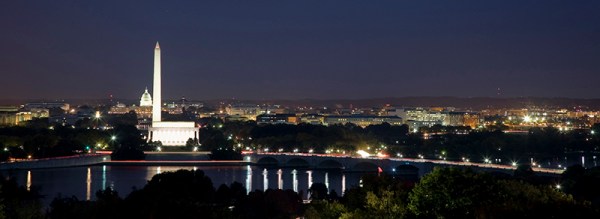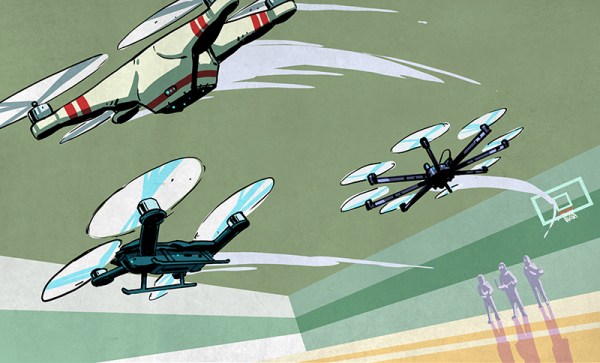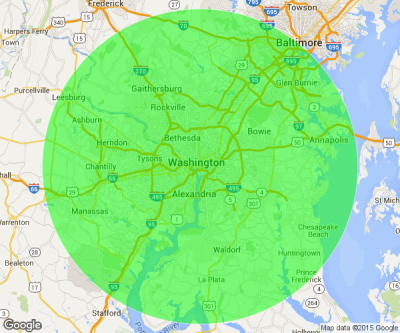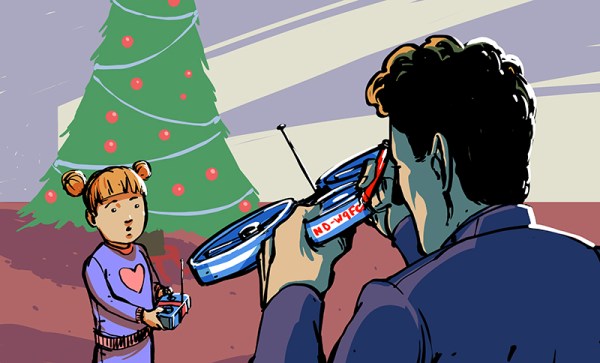Late last year, the FAA expanded a Special Flight Rule Area (SFRA) that applied to Unmanned Aerial Systems, drones, and RC airplanes around Washington DC. This SFRA was created around the year 2000 – for obvious reasons – and applies to more than just quadcopters and airplanes made out of foam. Last December, the FAA expanded the SFRA from 15 nautical around a point located at Reagan National to 30 nautical miles. No remote-controlled aircraft could fly in this SFRA, effectively banning quadcopters and drones for six million people.
Today, the FAA has rescinded that ban bringing the area covered under the Washington DC SFRA to 15 nautical miles around a point inside Reagan National. This area includes The District of Columbia, Bethesda, College Park, Alexandria, and basically everything inside the beltway, plus a mile or two beyond. Things are now back to the way they were are few weeks ago.
The 30-mile SFRA included a number of model flying clubs that were shuttered because of the ban. DCRC is now back up. The Capital Area Soaring Association worked with the FAA and AMA to allow club members to fly.
Of course, limitations on remote-controlled aircraft still exist. For the most part, these are rather standard restrictions: aircraft must weigh less than 55 pounds, fly below 400 feet line of sight, and must avoid other aircraft.



















